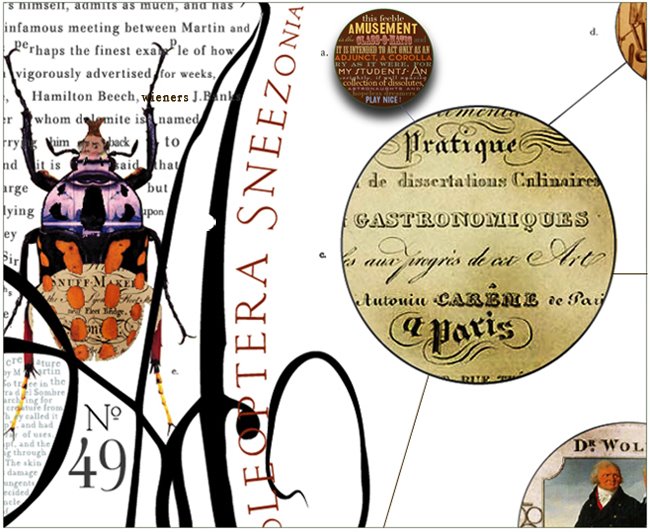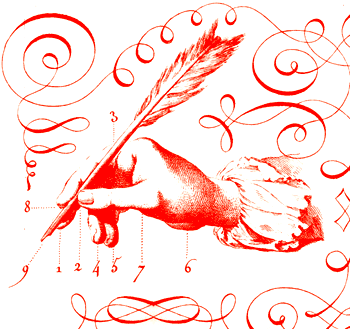
" I hate to say this, but if you really want to be successful, you have to rethink the concept of the so-called work/life balance.
The most successful creative people I know do not segregate their
“work” and their “play”—it’s all the same. They love what they do,
and do it all the time. If you look at design as a job that you do
between 9 and 5 every day, you will earn a paycheck...and that’s all.
Talent will take you far, but determination will take you further.
I can’t tell You how many people I’ve heard moan about how they
could have started a business, gotten the great assignment, scored
a better position or whatever. The truth is, most people aren’t
willing to put the time and effort into accomplishing their goals.
It’s easier to just live their dreams inside of their heads instead
of putting in the sweat equity.
I look at successful people and I see the same patterns. I know a
photographer who, when starting his career, worked literally
around the clock, and even spent his own money to make shots
memorable. He never looked at an assignment as a job, but as an
opportunity to do something outstanding. He is still pushing
himself today and branching out into new areas. His renowned
career is nothing if not enviable.
When I started my business, I had no clients and very little money.
The first year I worked until midnight most nights, almost seven
days a week. Not only did I work past the point of endurance on
my design, I learned how to do basic billing. I wired my own network.
I wrote copy. I steeled myself and made cold calls. All of the long
nights paid off, I built a client base, and now, years later, I have a
thriving practice. You can achieve great things, if you’re willing
to put in the effort. "
Lynda Decker, Decker Design

















